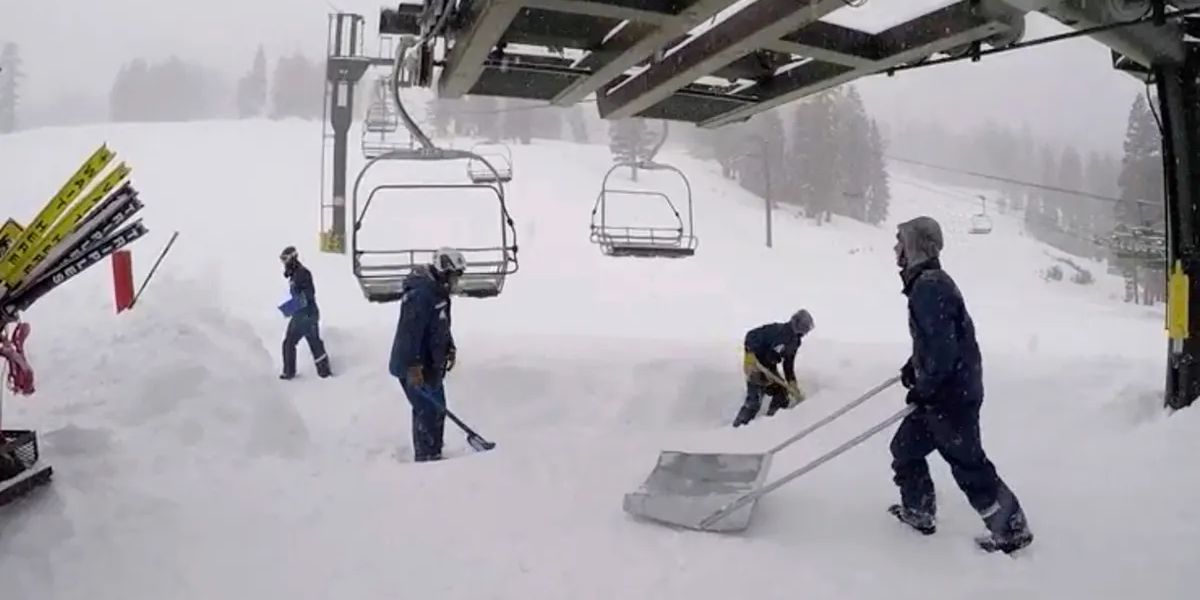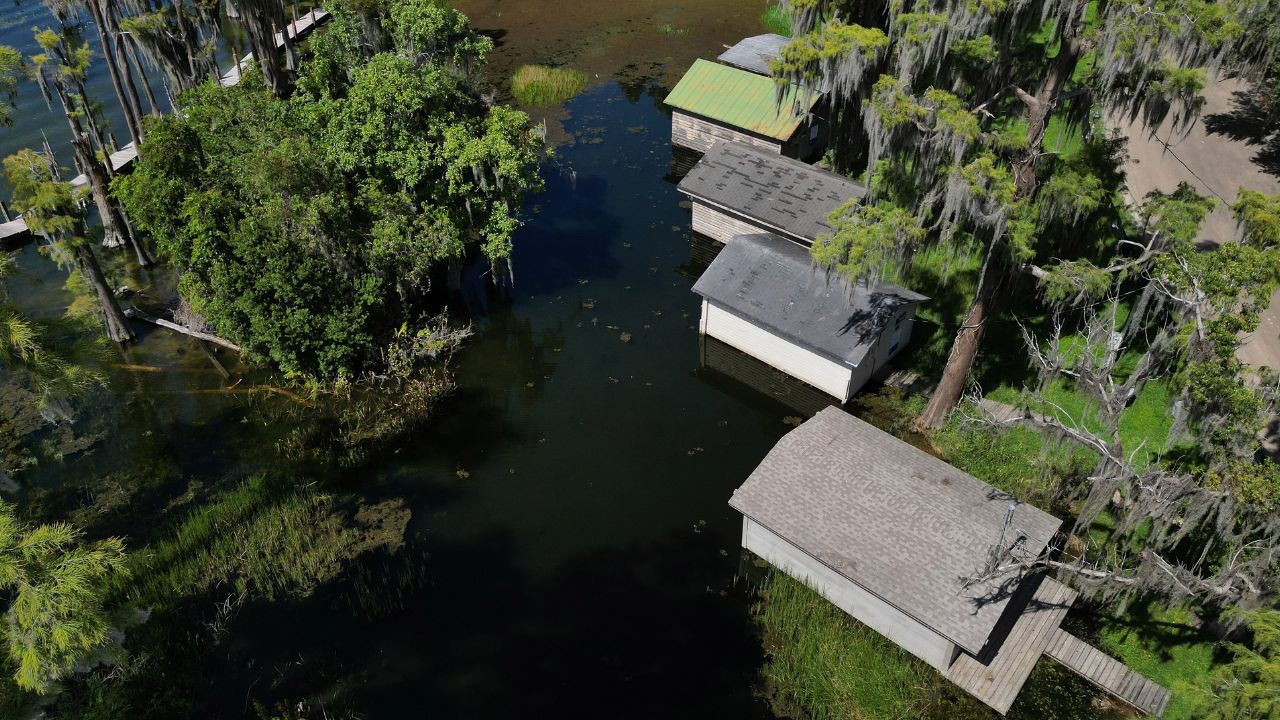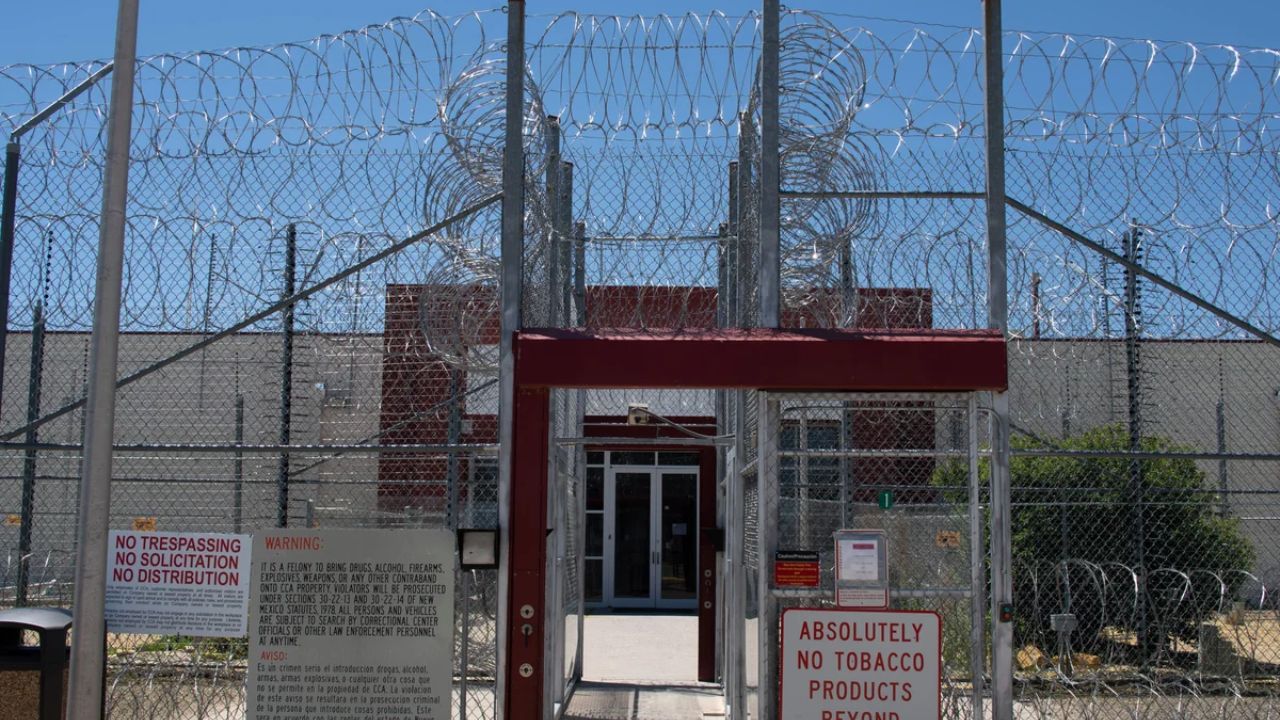Heavy snowfall from a recent atmospheric river caused a slide on Lincoln Mountain in the Sierra Nevada of California on Friday, trapping two ski patrollers in an avalanche.
When the snow came way, two ski patrol members were working on mitigation in a closed area, according to Mammoth Mountain Ski Area.
One employee, who was deemed responsive, was swiftly removed by rescue personnel, and another suffered severe injuries and was taken to a nearby hospital.
Since midweek, the area has received about 6 feet of snow, which has caused some of the snowpack to become unstable.
Mammoth Mountain Resort responded to the incident by announcing that lift operations had been suspended, but they did not specify when the mountain would reopen.
The National Avalanche Center issued an Avalanche Warning, stating that there was a high risk of slides across the Sierra Nevada mountain range.
“Despite the storm tapering off, widespread human-triggered avalanche activity remains very likely due to old weak snow below the storm snow and continued blowing snow.
Large avalanches could happen on exposed slopes near and above treeline or in sheltered below-treeline terrain, which people often consider safe. Travel in, near, or below avalanche terrain is not recommended,” according to the agency.
An incident that occurred in 2006, in which a party of ski patrollers plunged 21 feet into a volcanic vent, was one of the many fatal collapses that have occurred in this region in the past.
Top 2025 Retirement Destinations in Kentucky: These Towns Top the List
According to Mammoth Mountain, three patrollers ultimately passed away as a result of death brought on by asphyxiation brought on by volcanic gases.
The snowpack is at its most unstable during and immediately after snowstorms, which is when avalanches are most likely to occur. However, experts believe that avalanches can happen at any time of the year.
The Venomous Snakes of California: Deadly Species to Watch Out For
Before going out on the slope, it is recommended that you wait at least 36 hours for the snowpack to become more stable. This is the case even if you are not skiing or snowboarding on a slope that is maintained.
According to the institute, avalanches claim the lives of approximately 27 individuals in the United States every year, with the majority of deaths occurring in the states of Colorado and Alaska.








